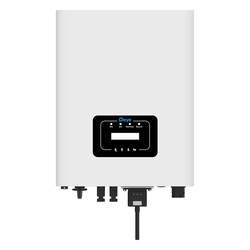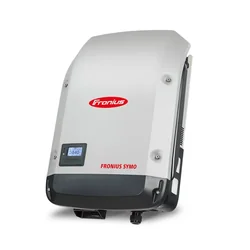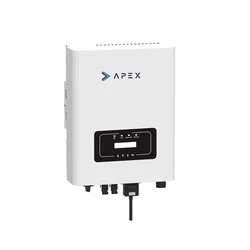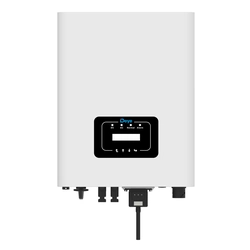Power of On-Grid Inverters
The on-grid inverter is a crucial component within a solar power system, providing an essential transition from DC to AC power. The intricacy of this device extends beyond simple energy transformation. They ensure optimum utility synchronization and generate comprehensive monitoring capability.
The on-grid solar inverter – also known as a grid-tie or grid-connected inverter – is a device that can transform the direct current produced by a solar panel into the alternating current, which is almost universally used by residential or commercial establishments.
This presents a unique advantage as it facilitates the ability not only to utilize the power produced by solar panels but also to feed any surplus power back into the electrical grid. This functionality enhances energy efficiency and facilitates significant economic benefits to the system owner.
Navigating the Complex Landscape of Grid-Connected Inverters
Given the emerging significance of harnessing renewable energy sources, understanding the operational framework and impact of devices like the on-grid inverter is vital. Key to this is the exploration of the potential for interconnection and grid compatibility.
On-grid inverters sync the generated power with grid frequency, providing a seamless energy exchange within the electricity grid. This technical compatibility with the grid results in an effective, hassle-free power injection.
Moreover, the buyer should consider the regulatory aspects revolving around energy network interfacing and how the interaction of on-grid inverters aids in power factor correction. Clear comprehension of the relative advantages and the ROI (Return on Investment) of deploying on-grid inverters can lead professionals and organisations towards sustainable and economically viable energy solutions.
Trustworthy Performance and Impact Evaluation
Bridging the conceptual understanding and technical data, it is essential to consider performance indicators and impact metrics. By focusing on the critical attributes like efficiency, reliability, and lifetime, we can guide professionals towards making informed decisions.
It is crucial to consider the conversion efficiency of the on-grid inverter to determine the effective utilization of PV-generated DC power. Reliability, usually promised by manufacturers, gauges the robustness of the system. Further, the estimated lifetime, often paired with warranties, lends credence to the product's durability.
Moreover, metrics like Total Harmonic Distortion (THD) and MPPT efficiency can play a significant role in objectively evaluating the on-grid inverter's overall performance, reducing the scope for ambiguous interpretations and resulting in a fruitful investment.






